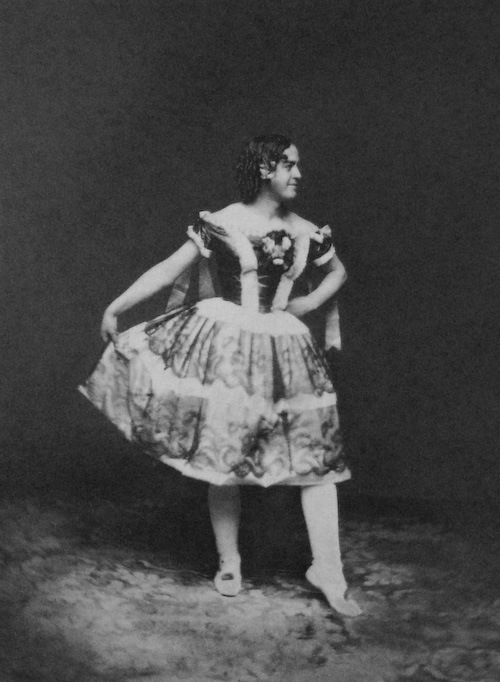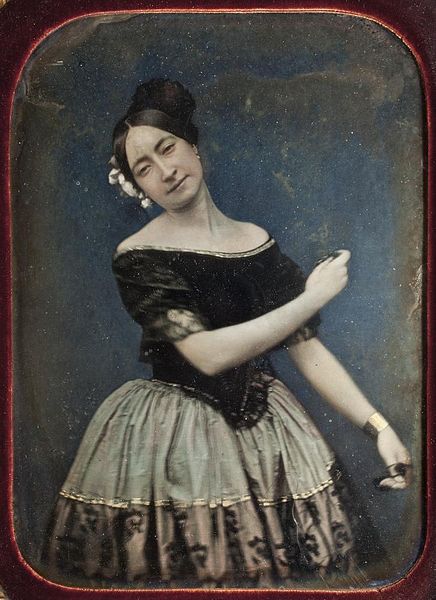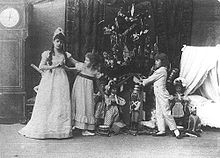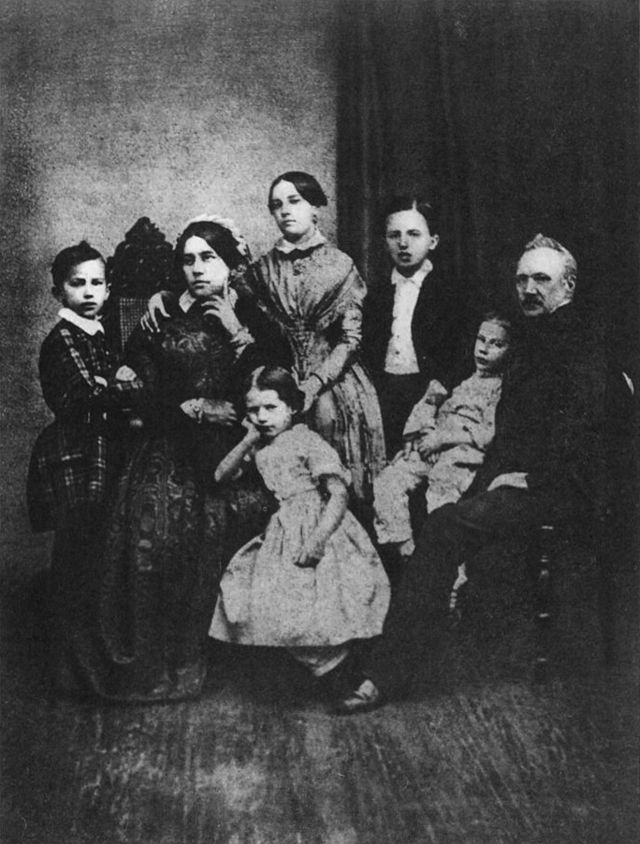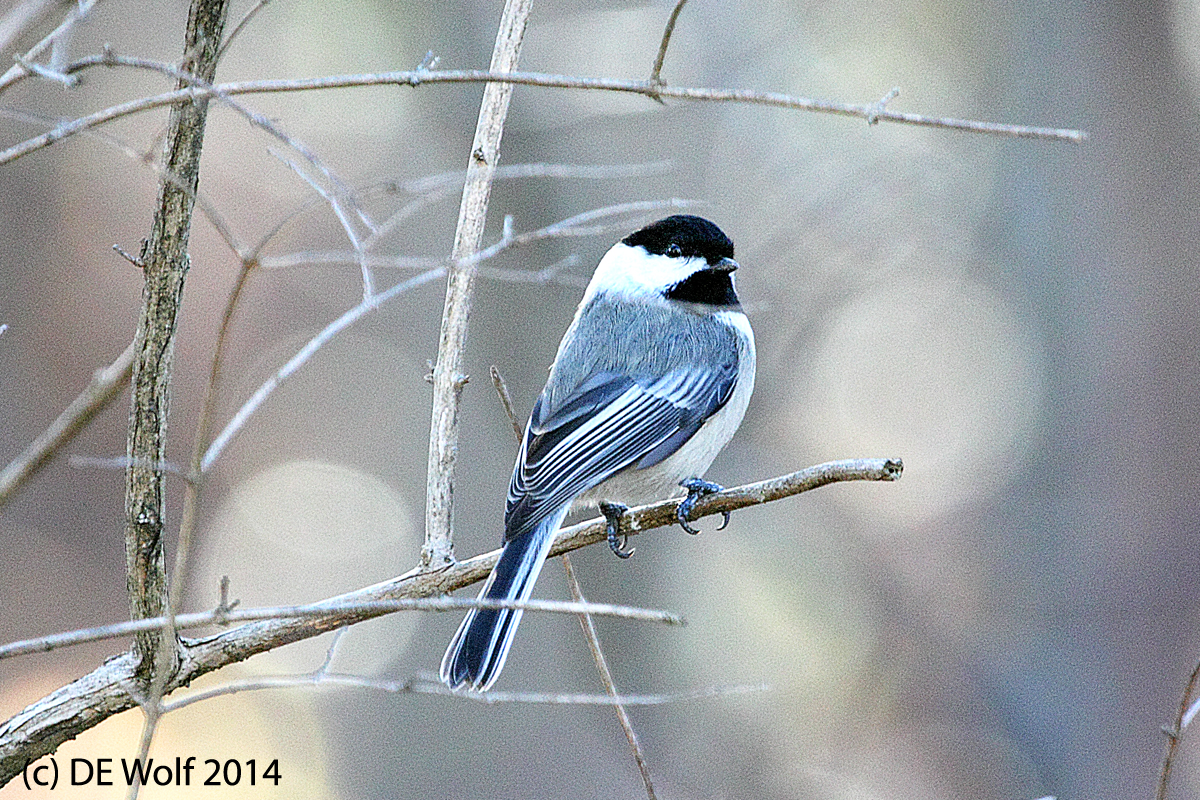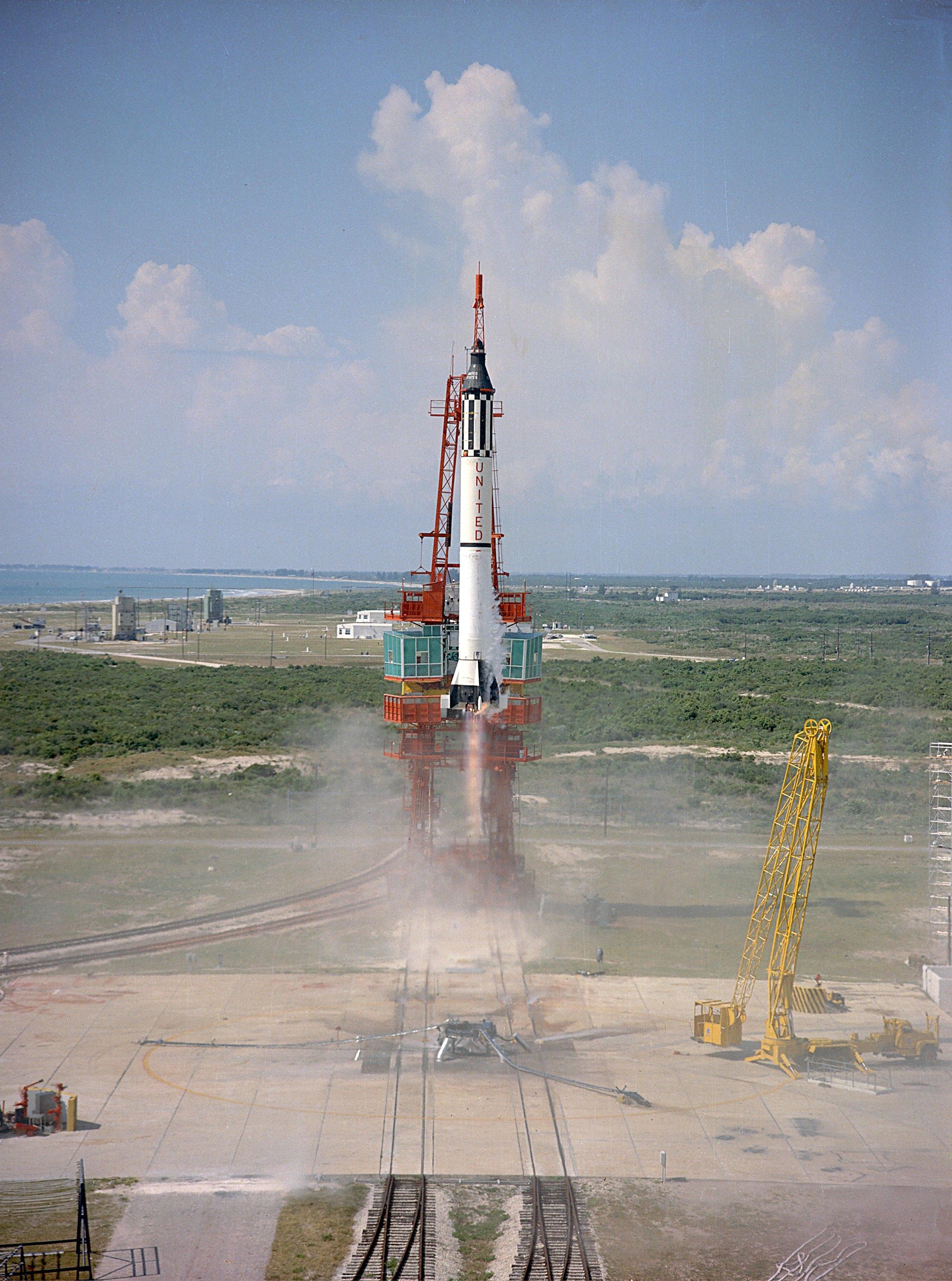So much of photography nowadays expands beyond the digital and becomes a web-based affair. I recently came upon a site called “The Swap.” The Swap is an ongoing portrait project, designed and curated by Stuart Pilkington. It is based on a very simple concept. On two separate days two photographers photograph each other and create two portraits. On day one, person one is the photographer and the other is the subject, and on day two they swap roles so that the photographer becomes the subject and visa versa.
This very straightforward concept has two effects. First, it emphasizes the significance of portraiture as an art form, where the creative act is both to reveal how you see the other person combined with how they see themselves. Second, it forces the photographer to step out of his/her comfort zone and to become the subject. For many, I fear, photography is a way of abstracting yourself from life, to become an observer instead of a participant.
I think that the best way to approach “The Swap” is to click on pairings and then to go through each one by one. At first, I was struck by how many photographers are trying way too hard to be clever and unique. Their portraits at best seem quirky. But then as I went through more and more of the images, I started to see some beautiful images and every once in a while the concept of a pairing struck a deep chord of resonance. The photographer had succeeded in a wonderful way.
I recommend a slow perusal of this site, and if you and a friend are truly adventurous, sign up and create a pair of images.

